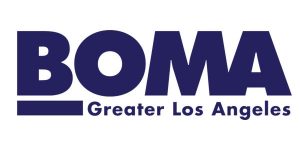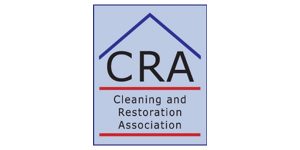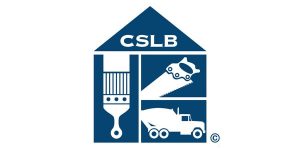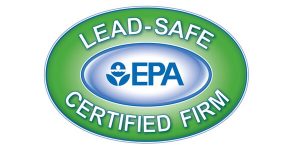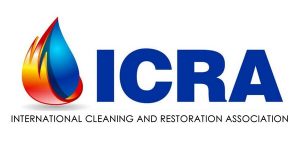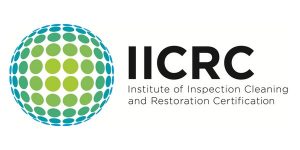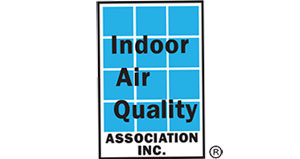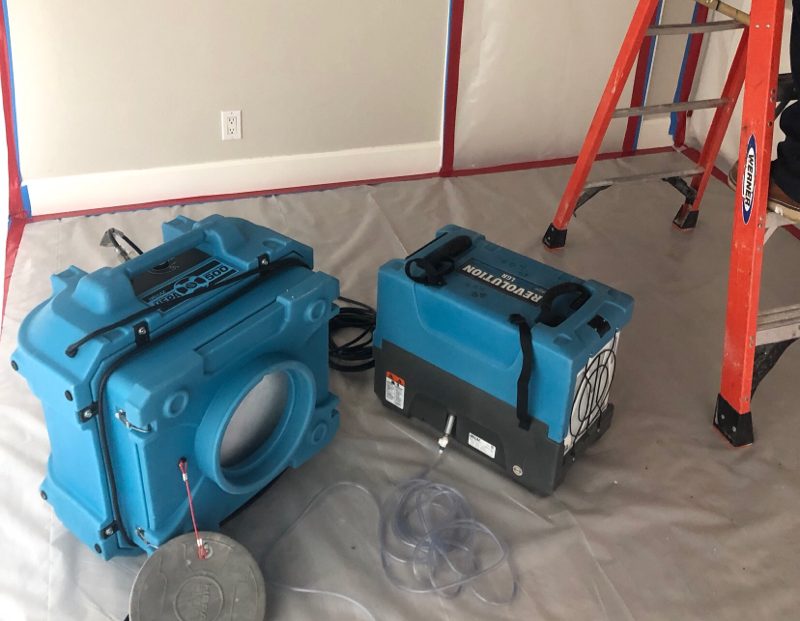
Dealing with extensive water damage doesn’t always have to mean ripping out carpet, baseboards, drywall, and cabinets. The latest in applied structural drying goes way beyond “airing out” wet areas, rapidly drying everything before mold and further water damage have much chance to set in. But it requires extensive training and specialized equipment to accomplish. That includes frequent psychrometry — the measurement of humidity along with the moisture content of materials.
Expertise
In-place drying processes have been a hot topic among water damage restoration experts these days. With all the right equipment it’s now often possible to rescue carpet without lifting it up. And rescue walls without removing baseboards and opening holes in the sheetrock. It’s technically demanding and requires a Journeyman or Master Water Restorer with certifications in several areas of expertise. (For example https://www.scrt.org/scrt-free-reports/42-technical-advisory-on-in-place-drying/file is just one of countless documents, guidelines, and standards.)
But it’s not always possible. If the water has been contaminated by contact with soil or sewage or has been standing for 72 hours or longer it’s likely to harbor bacteria and viruses that can cause discomfort, illness, or even death. It’s also necessary to assess the nature and condition of all damp materials — carpet, padding, sub-flooring (concrete, particleboard, plywood), baseboards, gypsum board, structural materials, and so on to diagnose a full recovery.
Equipment
Successful rapid structural drying also requires an array of industry-specific equipment.
- Truck-mount and portable water extraction vacuums. Traditional carpet-cleaning wands remove only about 40% of the moisture present. Extraction equipment is designed for use on walls and ceilings as well, and typically remove about 85% of the moisture. And the latest technologies approach 97%. This surface water extraction takes about an hour per 300 square feet (a 15 by 20-foot room) compared to several days for evaporation.
- High capacity air movers, rated in the thousands of CFM (cubic feet per minute), speed the evaporation of dampness beyond exposed surfaces. With several blowers per room, moist indoor air can be completely replaced by dryer air every few minutes.
- Rather than depending on outdoor air being sufficiently dry, dehumidifiers remove moisture from recirculating indoor air. Solid desiccants capture water vapor regardless of temperature, while refrigerant dehumidifiers cool to condense water vapor out of the air.
- Specialized heaters strike a careful balance between speeding evaporation but not encouraging the growth of bacteria and mold. Some use radiant heat to dry surfaces while others force hot air through wall cavities to dry the structure. Other types of heat drying equipment use specialized mats to rescue hardwood floors for rapid drying times without warping, cupping, or buckling.
- Hygrometers, moisture meters, and thermal imagers let water damage restoration specialists assess the level of drying efforts necessary, monitor progress for any needed adjustments, and indicate when everything’s safely dry.
Win-Win
Dried in place methods aren’t just the result of just trial and error. Today’s innovations are the result of extensive research and field testing. Advanced drying technology and the latest techniques let professional emergency restoration companies complete the job significantly faster, reducing the disruption and costs to you. The latest technology cuts drying time from 4+ days down to just 1 or 2 days. By focusing on mitigation, the damage that would have cost tens of thousands of dollars can be avoided.

